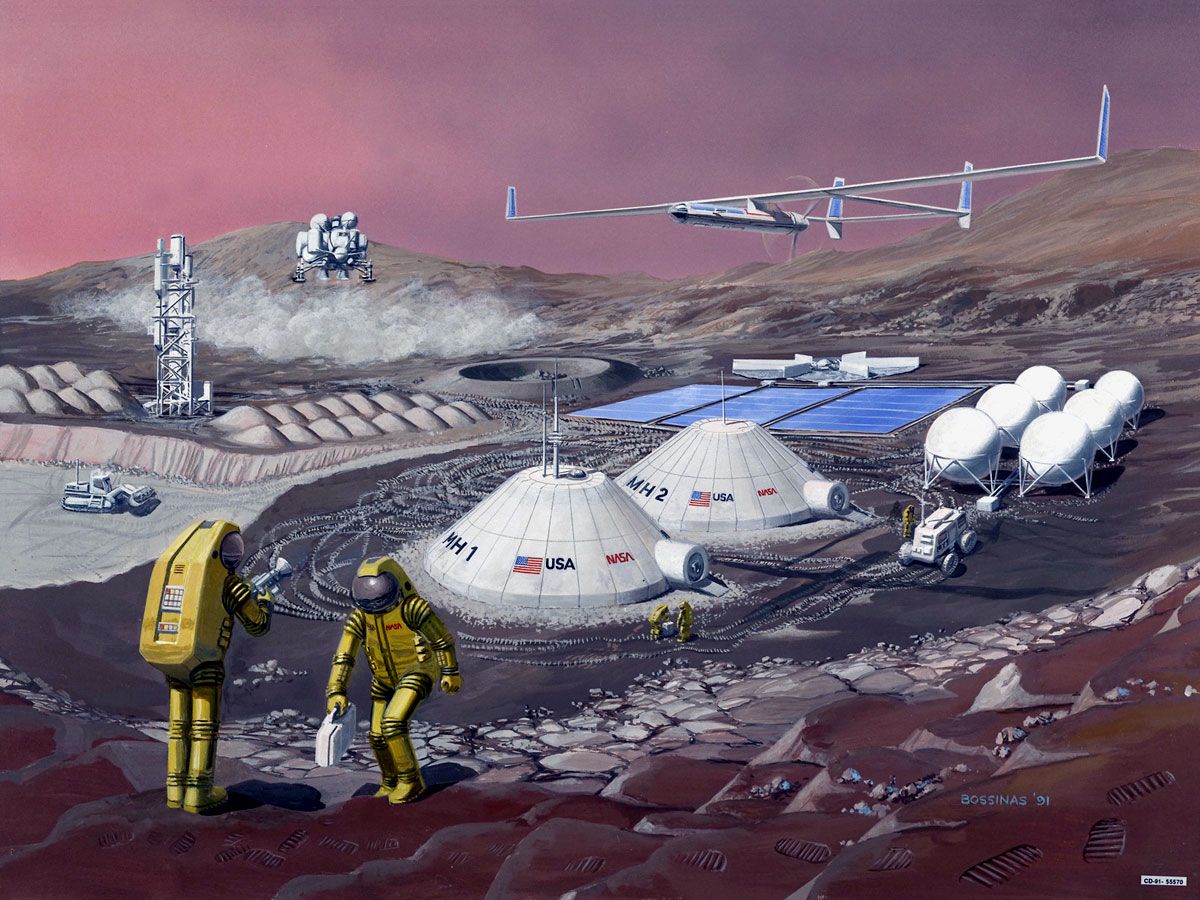In recent years, the field of space exploration has experienced exponential growth and opened up opportunities that were once considered science fiction. One of the companies leading this charge is Space Exploration Technologies Corporation, better known as SpaceX. With its visionary founder Elon Musk at the helm, SpaceX has set its sights on ambitious goals that could potentially revolutionize space travel and exploration as we know it.
Aims and Milestones
SpaceX’s ultimate aim is to make life multiplanetary and enable humans to inhabit other planets, most notably Mars. What sets SpaceX apart from traditional space agencies is its emphasis on reusability, a concept that has the potential to drastically reduce the costs associated with space exploration. The company has already made significant strides in this area by successfully landing and reusing their Falcon 9 rockets. This breakthrough technology has not only cut down on expenses, it has also sparked a renewed enthusiasm for space exploration.
In addition to developing reusable rockets, SpaceX has also set its sights on creating the world’s most powerful rocket: the Starship. This colossal spacecraft, currently under development, has the ability to carry both crew and cargo to the Moon, Mars, and even beyond. The Starship marks a significant leap forward in human spaceflight capabilities and is a major step towards making interplanetary travel a reality.
Commercial Space Travel
While SpaceX’s long-term goal is to colonize other planets, the company has also been actively working towards commercial space travel opportunities within our own solar system. One of the most notable projects in this domain is the Crew Dragon spacecraft, which recently completed its first successful crewed mission to the International Space Station (ISS) in partnership with NASA.
The Crew Dragon is designed to transport astronauts to and from the ISS, making it an integral part of NASA’s plans to resuming crewed missions from American soil. SpaceX’s involvement in this venture has not only provided NASA with a reliable transportation option, but it has also paved the way for future space tourism. The ability to transport humans safely to the ISS opens up a whole new realm of possibilities for both scientific research and private space travel.
Challenges and Controversies
As with any pioneering endeavor, SpaceX has faced its fair share of challenges and controversies. One notable incident was the failure of two Falcon 9 rockets during routine missions. However, SpaceX’s ability to learn from these setbacks and make improvements reflects their commitment to pushing the boundaries of space exploration.
Another area of concern is the increasing amount of space debris, which poses a threat to both current and future space missions. SpaceX is actively working on solutions to mitigate this problem, including developing satellite systems that reduce the risk of collisions and actively deorbiting satellites at the end of their operational life. By addressing these challenges head-on, SpaceX continues to demonstrate its dedication to responsible and sustainable space exploration.
The Future of Space Exploration
As we look to the future, it is clear that SpaceX is at the forefront of the next wave of space exploration. With their relentless pursuit of innovation and commitment to reusability, they are driving the industry forward. In the coming years, we can expect to see further advancements in rocket technology, increased partnerships with space agencies, and potentially the first human missions to Mars.
SpaceX’s achievements and future goals have inspired a new generation of scientists, engineers, and enthusiasts to dream big and reach for the stars. As we stand on the brink of a new era of space exploration, one thing is certain: the journey ahead will be nothing short of extraordinary.
